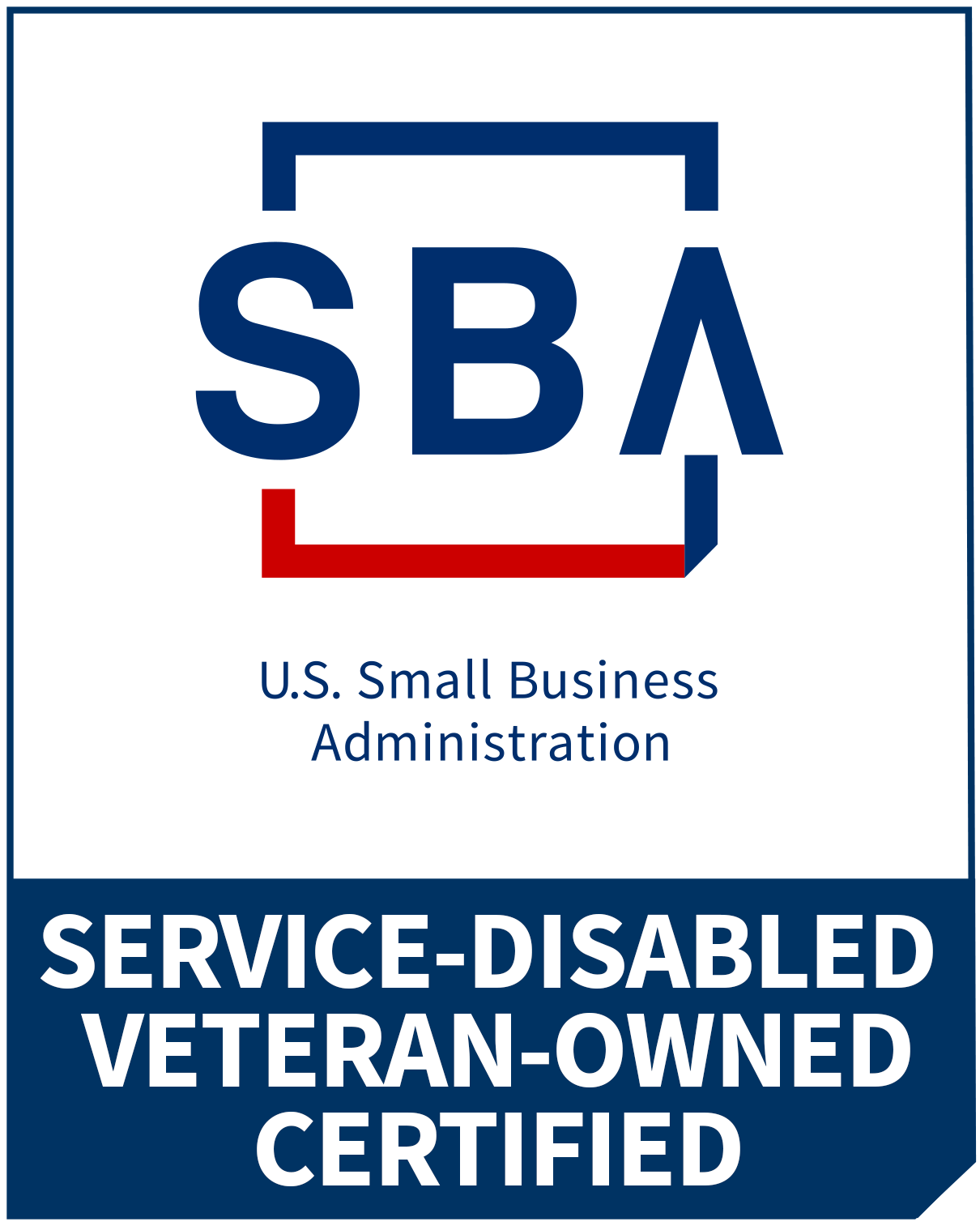So, imagine, you’re leaving a car dealership. After about a mile, the right front tire of your new car falls off! What’s that all about? Well, the company that built the car did not double-check that all the lug nuts were tight. After this near disaster, your opinion of the new car has tanked, and you vow to never buy another car from that company ever again.
The same thing could happen in our business; maybe not as near fatal as losing a front tire, but nevertheless, unless we check and double check the accuracy, clarity and understandability of our products and publicly available environmental documents, we could not be in business.
1. Quality Assurance Plan
Scout emphasizes Quality Assurance and Quality Control of all deliverables to our clients. We strive for excellence! The Quality Assurance piece provides a plan of action that:
- establishes goals and objectives;
- sets standards for an interdisciplinary team of subject-matter experts;
- supports a strong project manager;
- defines roles and responsibilities;
- includes document preparation protocols;
- establishes peer and tiered review systems; and
- prescribes corrective action procedures.
2. Quality Control
Quality Control is the implementation/inspection phase of the quality management process. An iterative review process is used on all deliverables. Original work is reviewed by peers and management with a feedback loop to improve document quality. A check list is followed to identify who reviewed and concurred with any needed corrections. The project manager is the key; excellent document preparers are imperative; and senior quality control reviewers are required.
Words are important in environmental documents. Environmental laws and regulations use specific, and sometimes confusing/conflicting, terms to define impacts. Experienced quality control reviewers need to be thorough and know what to look for. Have all probable environmental impacts been assessed? Have enough alternatives been considered to have a robust evaluation? Has all jargon been eliminated? Finally, does the resulting deliverable provide clear, concise and understandable environmental documentation of a proposed action?
3. A Personal Perspective
Over the years, I have filled various roles as an environmental professional. I have prepared documents as a subject-matter expert, and worked as a project manager (from small assignments to some very large proposed actions), a program manager, and worked as a quality assurance/quality control manager for multi-year task order environmental contracts. A couple of key lessons learned:
- Communicate: It is imperative that all team members – especially the clients, as well regulatory agencies and the general public – are kept informed on the status and content of project documents. A top-quality environmental document will only result when all authors, graphic specialists, document preparers, reviewers, and managers regularly communicate.
- Work Hard: There is no getting around reading all of the preliminary-through-final-deliverables. Cover-to-cover reviews must occur before deliverables go out the door (or as an email attachment). The only way to avoid the dreaded, “oh, I should have seen that mistake” is to double-check that all of the lug nuts are tight on the tires before the brand-new car leaves the factory!
4. How Scout Can Help
We pride ourselves on our quality work and are committed to sustaining that high standard going forward. If you have any questions or need any support, contact us today at: hello@scoutenv.com.













